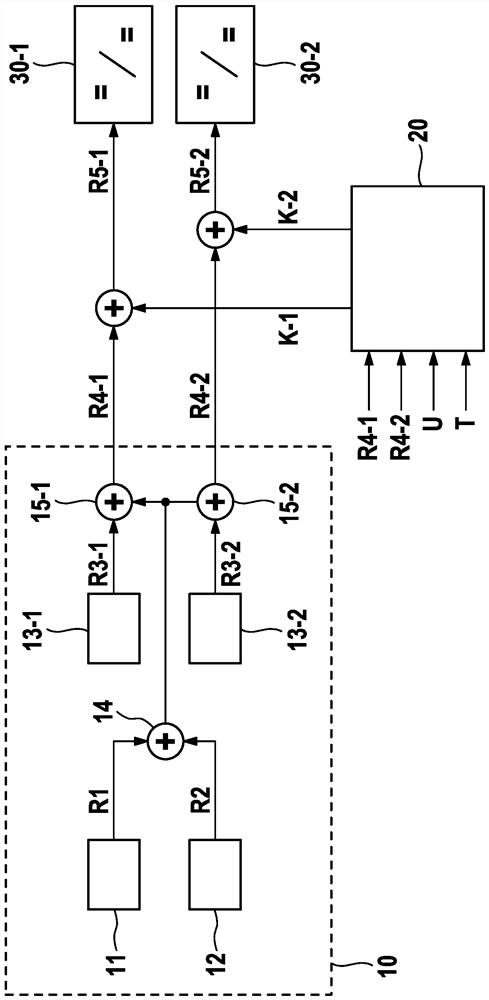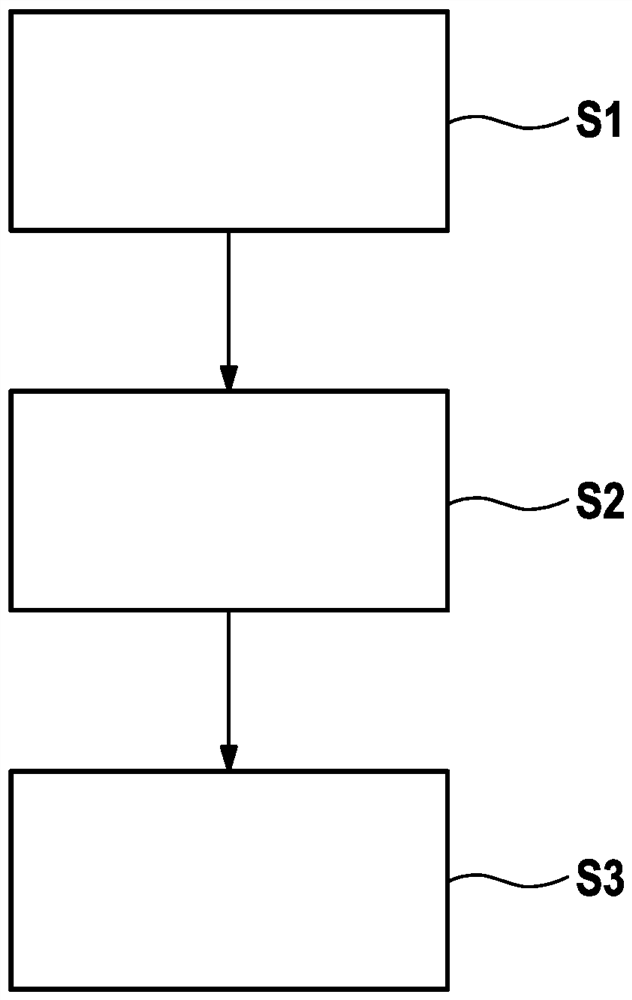Regulating device for dc-dc converter and method for regulating dc-dc converter
A technology of DC voltage and regulating device, which is applied in the direction of converting DC power input to DC power output, converting device for output power, regulating electrical variables, etc.
- Summary
- Abstract
- Description
- Claims
- Application Information
AI Technical Summary
Benefits of technology
Problems solved by technology
Method used
Image
Examples
Embodiment Construction
[0026] figure 1 A schematic diagram of a DC voltage converter 1 with a plurality of DC voltage converter modules 30-i is shown. The two direct voltage converter modules 30 - 1 and 30 - 2 shown here serve only as examples for a simple explanation of the basic principle of the invention. Of course, the DC voltage converter 1 can also have more than two DC voltage converter modules 30 - i.
[0027] The individual DC voltage converter modules 30-i are fed by a common input DC voltage. In addition, the output terminals of the respective DC voltage converter modules 30-i can also be connected to each other, so that the respective DC voltage converter modules 30-i also provide the same output voltage. In order to regulate the output voltage and the output current, the individual direct voltage converter modules 30 - i are each actuated with separate control variables R5 - i . For example, this can be an adjustment of the pulse width modulation, wherein the duty cycle of the adjustmen
PUM
 Login to view more
Login to view more Abstract
Description
Claims
Application Information
 Login to view more
Login to view more - R&D Engineer
- R&D Manager
- IP Professional
- Industry Leading Data Capabilities
- Powerful AI technology
- Patent DNA Extraction
Browse by: Latest US Patents, China's latest patents, Technical Efficacy Thesaurus, Application Domain, Technology Topic.
© 2024 PatSnap. All rights reserved.Legal|Privacy policy|Modern Slavery Act Transparency Statement|Sitemap



